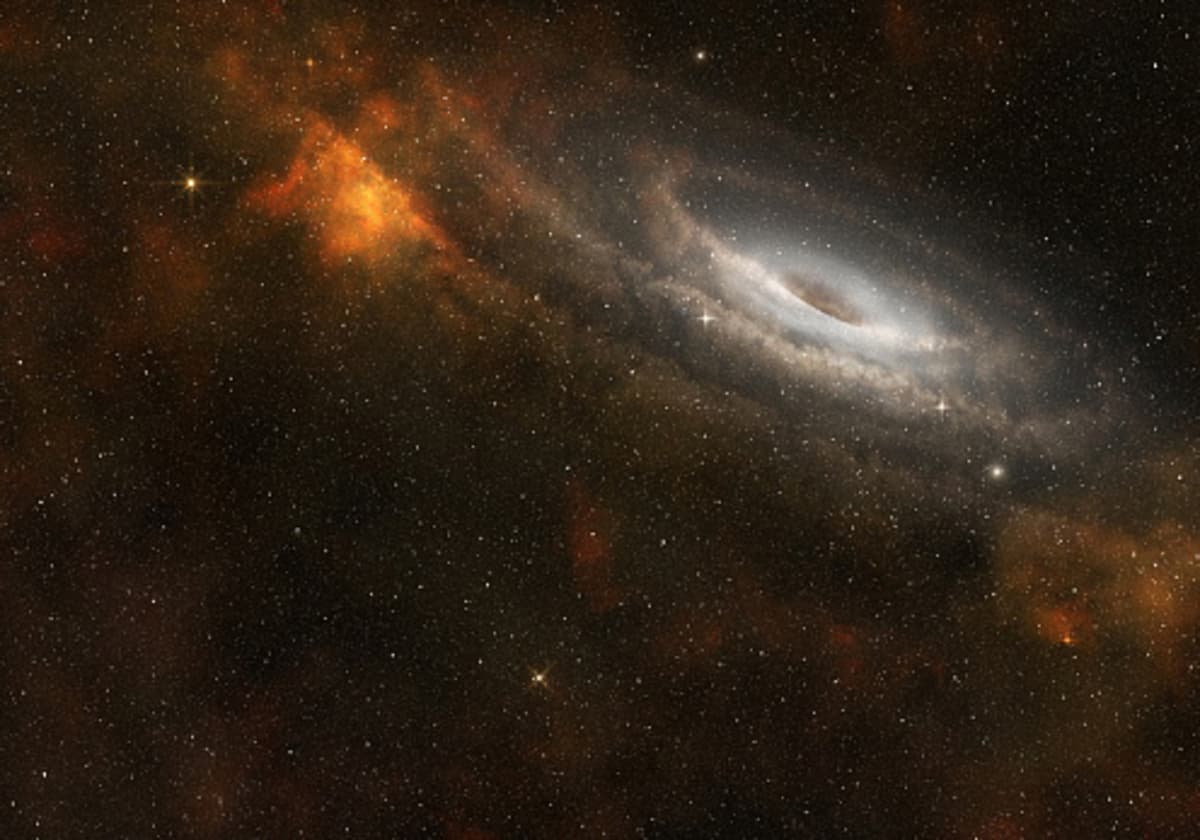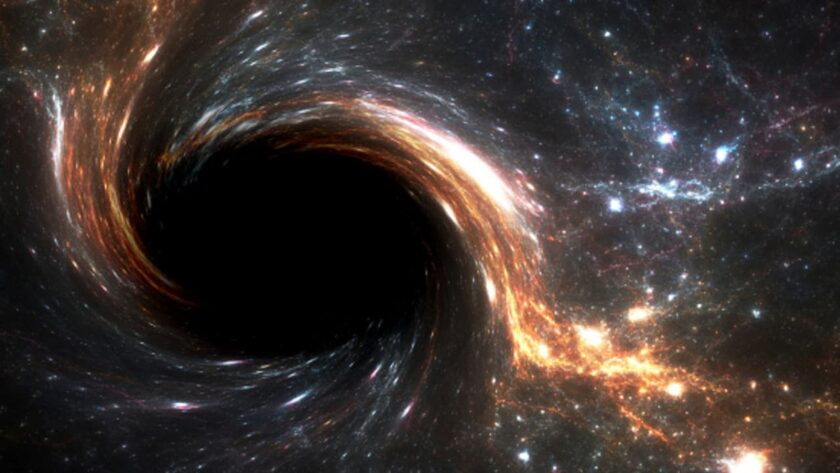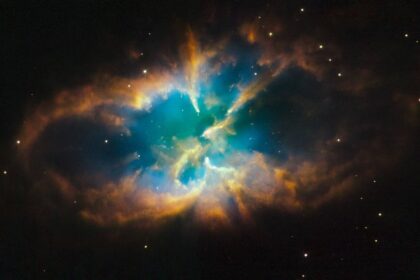There are strange objects in our universe that scientists continue to discover, such as the black hole. Black holes were thought to exist in theory, but in 1971, the discovery of the first black hole, Cygnus x-1 made scientists change this thought. The black hole continues to maintain its mystery and an almost science fiction status.
Did you know that if a spaceship traveled through a black hole, it could take centuries into the future compared to earth? However, those traveling in the spaceship would have only traveled a few hours. There are many fascinating facts about black holes that you need to know. Read on and learn more.
What is a black hole?
In simpler terms, black holes are space volumes where gravity as we know it is extreme enough to prevent the escape of even the fastest moving particles.
Light can’t break free and hence its name, the black hole. Karl Schwarzschild, a German Physicist and astronomer suggested the existence of a modern black hole in 1915. It was after coming up with the same solution to Einstein’s general relativity approximations.
He discovered that mass could be squeezed into a vast small point. It would make space time bend such that not even photons of light could escape its curvature.
The distance between the infinitely dense core and the black hole slide into oblivion is named after Schwarzschild.
In theory, all masses contain a Schwarzschild radius, easily calculated. Such that, if the sun was robe squeezed into a vast small point, the result is that it could form a black hole with a radius of below 3 kilometers.
How are Black Holes Formed?
It is believed that stars with mass three times greater than the sun can undergo great gravitational collapse once their fuel diminishes. All these masses in a confined volume overcome the force of gravity rule that keeps the atoms’ building blocks from occupying Space. As a result, the density creates a black hole.
In other words, a black hole is formed by the death of a big star. At the end of the big star’s life, the core is unstable and hence, collapses on itself while the outer layers of the star are blown away. The crushing weight of the matter falling in from all sides then compress the dying star to a zero point of volume, and infinite density is referred to as the singularity.
What are the Different Types of Black Holes?
There are four types of black holes.
- Stellar is the most commonly known way a black hole forms, a stellar death. As a star reaches its end of life, it inflates, loses mass, and finally cools off to form a white dwarf.
- Immediate
- Supermassive
- Miniature
What Are Some of The Incredible Facts About Black Holes?
- Black holes don’t suck
Due to its name, some people may think of the black hole as a massive vacuum that sucks in anything in Space. The black holes are just like any other object in Space, although with a strong gravitational field. If the sun were to be replaced with a black hole, the earth could not get sucked in.
Instead, the earth would continue orbiting around the black hole as it does around the sun. It may seem like the black hole sucks in matters, but this is a common misconception. Stars shed off their mass in the stellar wind form, which then falls into the grip of its very hungry neighbor, the black hole.
- Blackholes Can Spaghettify You and Anything That Goes Through it.
Yes, that’s true, ‘Spaghettification’ is a real term. Black holes can stretch you into a spaghetti-like strand.
How is this possible? Right now, your feet are closer to the Earth Center and therefore more strongly attracted than your head. However, under extreme gravity, such as near a black hole, there is a difference in the gravitational attraction that will work against you.
As your feet start getting stretched by gravity, they become more attracted to the center of the black hole. The closer they get to the center, the faster they move. However, your body’s top half is so far away and not moving towards the center of the black hole as fast. The result is spaghettification!

- Black Holes Pull Space Around Them
To understand this interesting fact, picture space as a rubber sheet having a crisis crossing grid lines. When you place something on the sheet, it sinks a bit. If you place a bigger object on the sheet, it will sink deeper.
The sinking effects alter the grid lines, which instead become curved. The deeper this well makes in Space, makes Space alters and curves. The deepest wells are made of black holes that make it hard for anything to climb out, even light.
- Black holes slow time.
The general relativity theory by Einstein better explains it. The twin experiment states that one of the twins stays on earth while the other travels to Space at the speed of light, turns around, and finally returns home. The interesting finding is that the twin who traveled through Space is considerably younger.
Why is it so? The faster you move, the more time slows down. As you reach the event horizon, you are moving at a breakneck speed due to the strong gravitational force in the black hole that time slows down.
- Supermassive Black Holes Give Birth to Stars
A recent discovery has shown that in the same way that the massive stars are expelled from the accretion disk, the black holes unloose enough materials and form new stars.
Remarkably, some even land in deep Space beyond their galaxy of origin. A study in the journal Nature in 2018 suggested that supermassive black holes not only create new stars but also control how many stars a galaxy gets.
Moreover, it directly affects how quickly the star formation process turns off. Strangely, the process stops quickly in galaxies with smaller black holes in the center.
Conclusion
Our universe presents more and more fascinating and endless discoveries. Although, for example, black holes were only thought to exist in theory, scientists and astronomers have proven that they exist and continue to study them.




